In Good Taste #76: Preserved orange shichimi togarashi
Dehydrating preserved citrus to make a flavoursome powder; plus a classy snacking idea; catching Beaver Fever
Well, hello there! How are you?
Good I hope!
(Not up for the chitchat? Completely get it. Click the email title to go to a web-based version then jump straight to the recipe or Cultural Fun.)
Dehydrating preserved citrus
Regular readers will know my obsession with using preserved lemons in all manner of recipes. Dips, pasta, cakes - I’ve encouraged you to add complex, salty-sour preserved lemons to all of them. Not just lemons either: I’ve done my damnedest to get you to use the same method with oranges and other citrus fruit and put them in tapenade, salad dressings and even marshmallows.
All those recipes used finely chopped or pureed fruit, but I’ve alluded to another way of getting those flavours in the mix.
Dehydrated preserved lemon mixed with sugar rimmed the cocktail glasses at my November supper club. And for the marshmallow recipe I offered the suggestion: “If you have a dehydrator you can dehydrate some pieces of preserved orange peel until completely dry and brittle… then blitz it in a spice grinder to make a sweet-salty-orangey-sherbetty powder.” But was just an aside and neither time did I go into details.
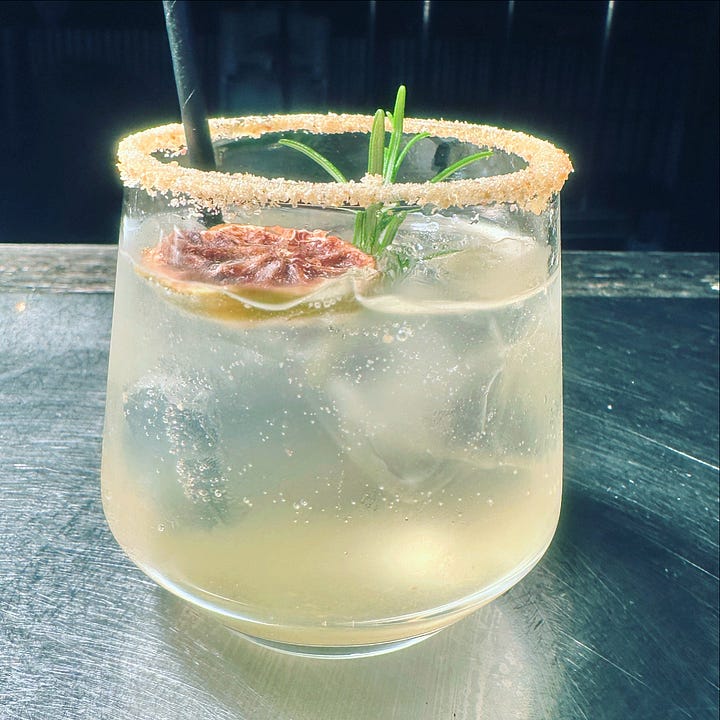
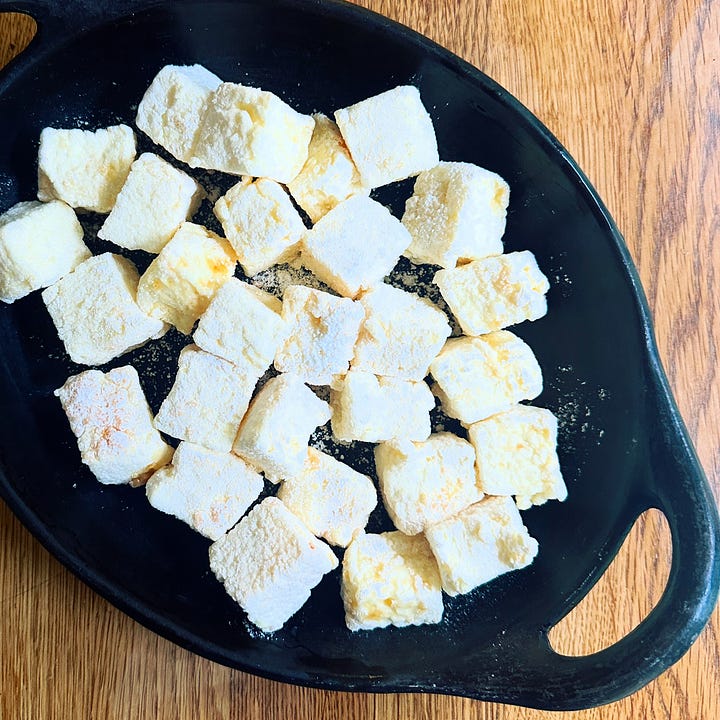
Today I want to talk about the technique as it’s easy - even if you don’t have a dehydrator - and is a really fun way to add zing.
Let’s have a little preserved citrus recap first though (there are more details in my original post on the subject). You can prepare lemons or any other citrus for preservation by cutting the fruit into quarters and packing them into a jar with salt (about a tablespoon of flaky sea salt per fruit) plus any spices or flavourings you fancy. Weigh the pieces down so they are all submerged in the salty-sour brine, seal the jar, leave at room temperature and wait for a month or so.
Once everything is soft and has lost any bitter, pithy taste you’re good to go. Keep the jar in the fridge and it’s there when you need it. I find a jar of purée is more useable than the quarters which need mincing to order so I like to remove the pips (along with any spices) and blitz the lot in a food processor before returning it the the jar.
However, I don’t purée all my preserved citrus. Sometimes it’s nice to have whole pieces on hand. I candied some strips for Christmas presents which worked really well and some past class attendees have told me that a piece made a great addition to a Martini in place of the traditional twist.
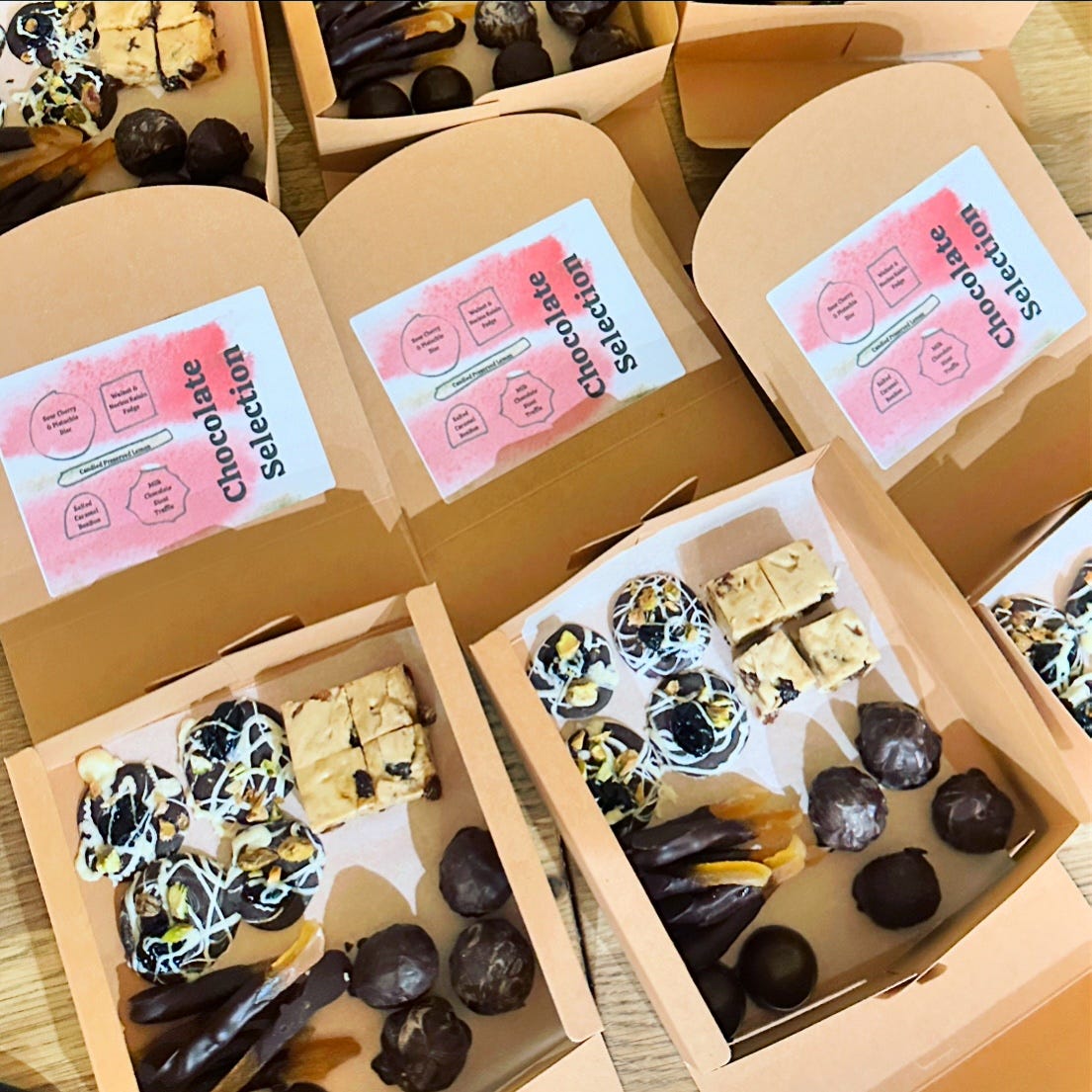
I was wondering what to do with the last pieces of my Christmas-spiced preserved orange peel and thought it had been a while since I gave my dehydrator a spin.
I don’t bother removing the pulp if I’m just blitzing everything up but here I wanted to get rid of any extra moisture so removed it (a strangely satisfying job) and sliced the peel into thin strips. I spread those out on the dehydrator trays and gave them about 6 hours at 70°C until everything was brittle. Then put all the bits in my Magimix spice grinder attachment and whizzed to a coarse powder.
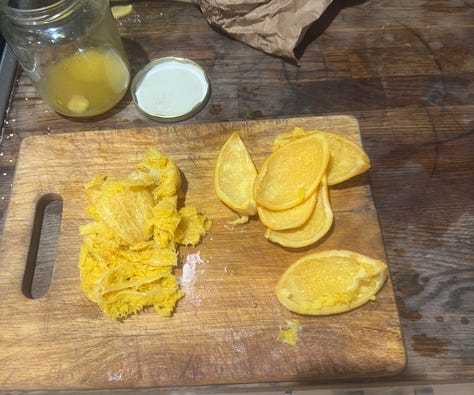

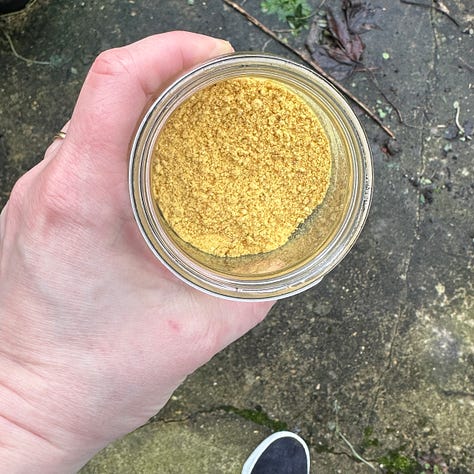
If you don’t have a dehydrator (and, admittedly, it is quite a silly piece of kitchen kit to own - although some air fryers have a dehydrating function) then you can do this in a very low fan oven.
Recipe: Preserved orange shichimi togarashi
Shichimi togarashi is a popular Japanese spice blend. The name roughly translates as “seven flavour spice” with togarashi being the Japanese name for red chilli peppers.
As well as chilli, the seven flavours usually include dried orange peel, aromatic sancho pepper (which is related to Szechuan pepper and has a similar tingly, numbing effect but a more citrusy taste), black black and white sesame seeds, nori seaweed (or aonori seaweed powder, and ground ginger.
Ingredients
½ sheet nori
2 teaspoons preserved orange powder (see note)
2 teaspoons chilli flakes (I used gochugaru)
2 teaspoons toasted white sesame seeds (see note)
1 teaspoon toasted black sesame seeds
½ teaspoon sancho peppercorns (see note)
¼ teaspoon ground ginger
Method
Blitz the nori. Tear the nori sheet into small pieces and put it in a spice grinder with a pinch of salt. Blitz until powdery. If you don’t do the nori first it tends not to get small enough and just sits in flakes, not integrating with the other ingredients.
Add everything else and blitz again. It should be a coarse powder rather than a fine one with visible sesame seeds etc. Keep in a jar with a lid and sprinkle liberally on anything that takes your fancy.
Notes (If Ifs And Ands Were Pots And Pans…)
I used my dehydrated preserved orange peel. Traditional recipes use dried orange peel so you could totally do this with non-preserved stuff. Clementine peel would work too. There are yuzu versions which I imagine are delicious but yuzu is ruinously expensive so I couldn’t check.
I found some sancho pepper in my local Asian grocer. If you find it pre-ground rather than whole then just put in a quarter of a teaspoon instead of half. If you can’t get hold of any at all then use a combination of Szechuan peppercorns and coriander seeds
You can add bulk and nuttiness with hemp or poppy seeds.
This is a good garnish for rice or noodles but is also a great all-purpose seasoning, bringing zing and complexity to anything you chuck it at. Try it as a dip for cut fruit in the same way you might use Taijin. Or it’s Oscar season and a bowl of popcorn with some shichimi togarashi would make a serious snack for watching serious films (it’s also seriously addictive).
Cultural Fun
We went to see emerging cult film Hundreds of Beavers the other day. Made by a bunch of friends on a tiny budget it’s a black-and-white silent comedy filmed in snowy Wisconsin. I loved the visuals which mix classic Chaplin-style antics with animation. It’s deeply silly and very funny. I found it dipped a bit in the middle but it’s such a wholly original proposition and made with such love I can see why “Beaver Fever” is sweeping the nation. The makers are currently on a tour of the UK, showing the film, doing Q&As and flogging merch.
Just today I had lunch with my mother in Cambridge and we had a look at the Portia Zvavahera show at Kettle’s Yard. It was the third time she’s been and I can see why she was so captivated. Zvavahera is a Zimbabwean artists and uses various techniques including batik and block printing to produce canvasses with real depth of texture.
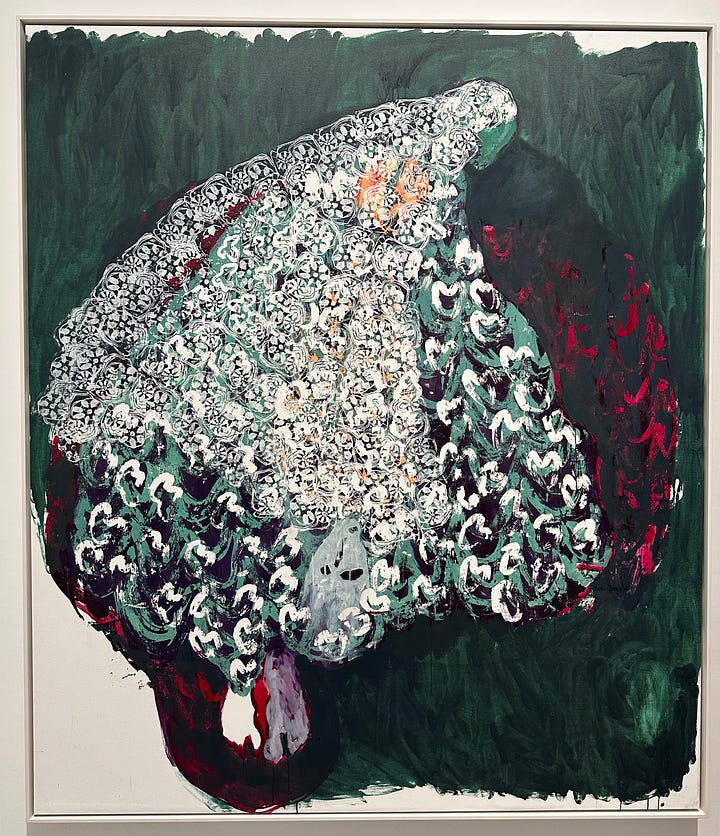

There was a raw female physicality to some of them in a way that reminded me of Tracy Emin and a lot of dream-like Christian iconography. The many layers of paint and prints seemed protective and mysterious.
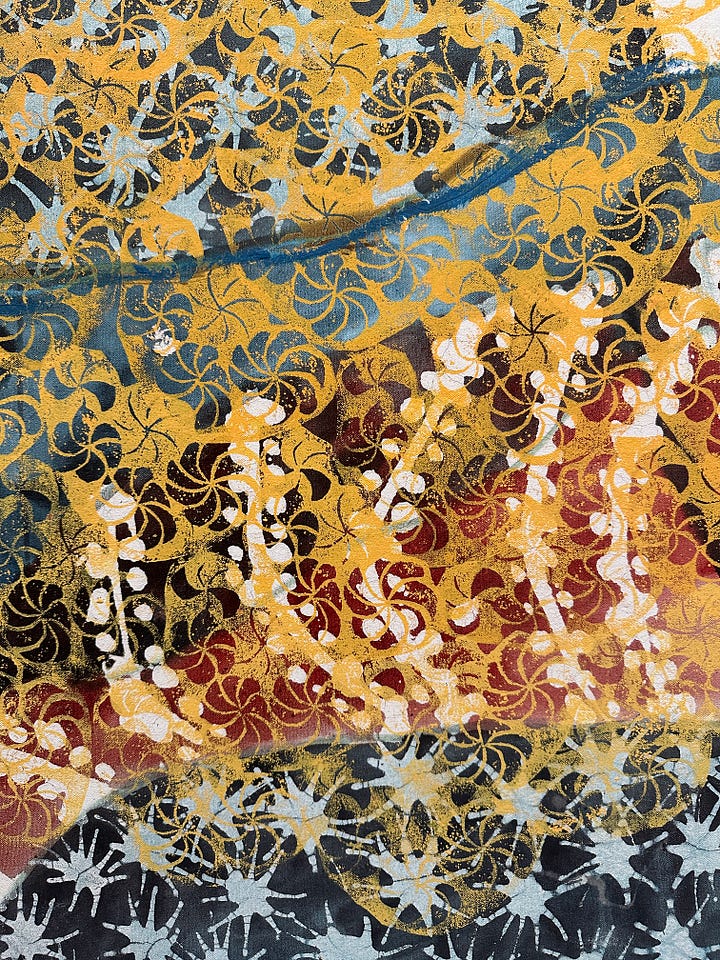
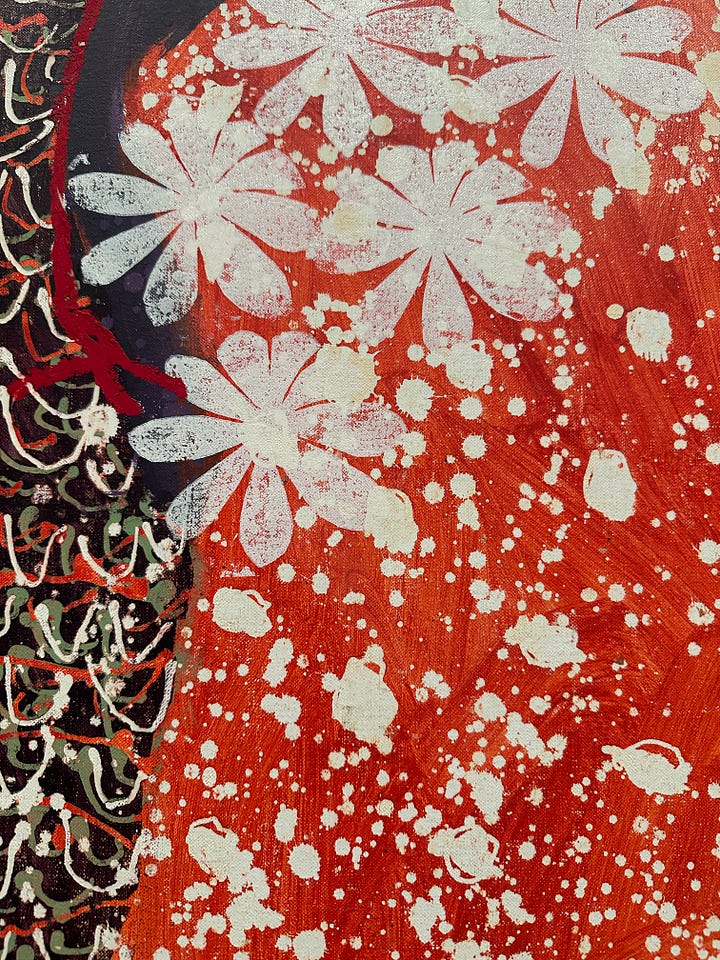
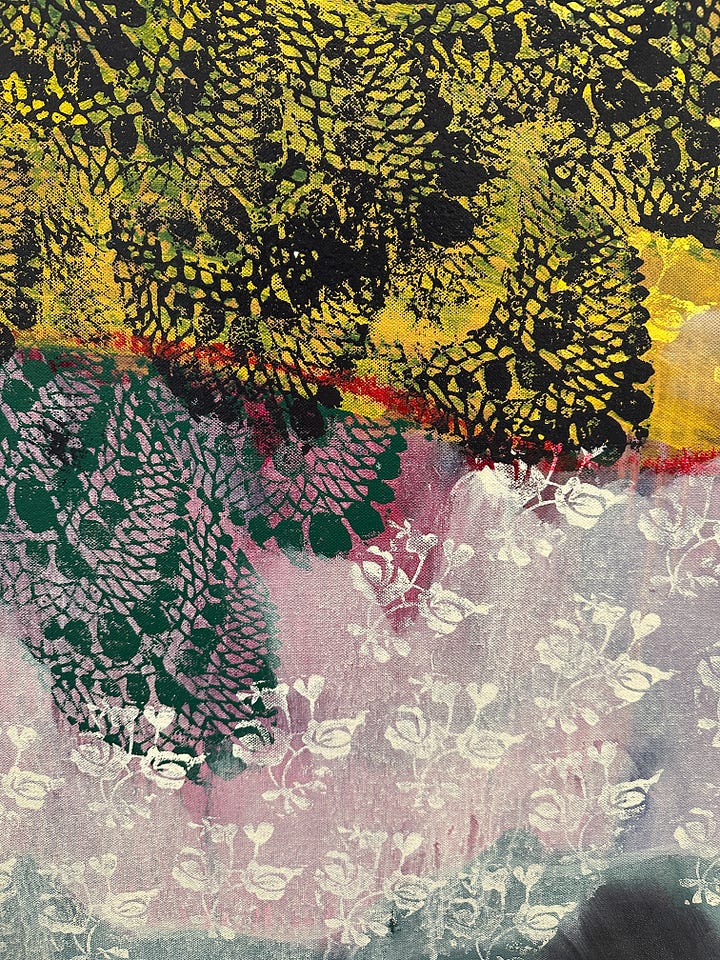

It’s on until 16th February. Kettle’s Yard is always a joy (if you’ve never been to the house before please go - but book in advance) but this is my favourite exhibition I’ve seen there in a while. Free too!
Bye! See you next week!
In the meantime, if you felt like sharing In Good Taste with friends or family who might enjoy it, you can do so with the button below.
Or upgrade to paid to support the work I do. Either would mean a lot to me. Thanks so much.
In Good Taste is a Sycamore Smyth newsletter by me, Clare Heal.
It’s free to subscribe and new issues will appear in your inbox every Thursday.
You can also access it via the Substack website or app where each issue remains free or a month after publication but older posts and archive access are for paid subscribers only. If you can afford it, do consider upgrading to paid to support my work - those vegetables won’t ferment themselves...
I also occasionally include affiliate links to Bookshop.org and will earn a small commission on anything purchased via a clickthrough.
You can also find me on Instagram or visit my website to find information about my catering work, cookery lessons and upcoming events.


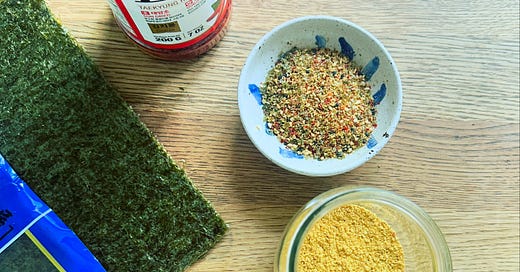

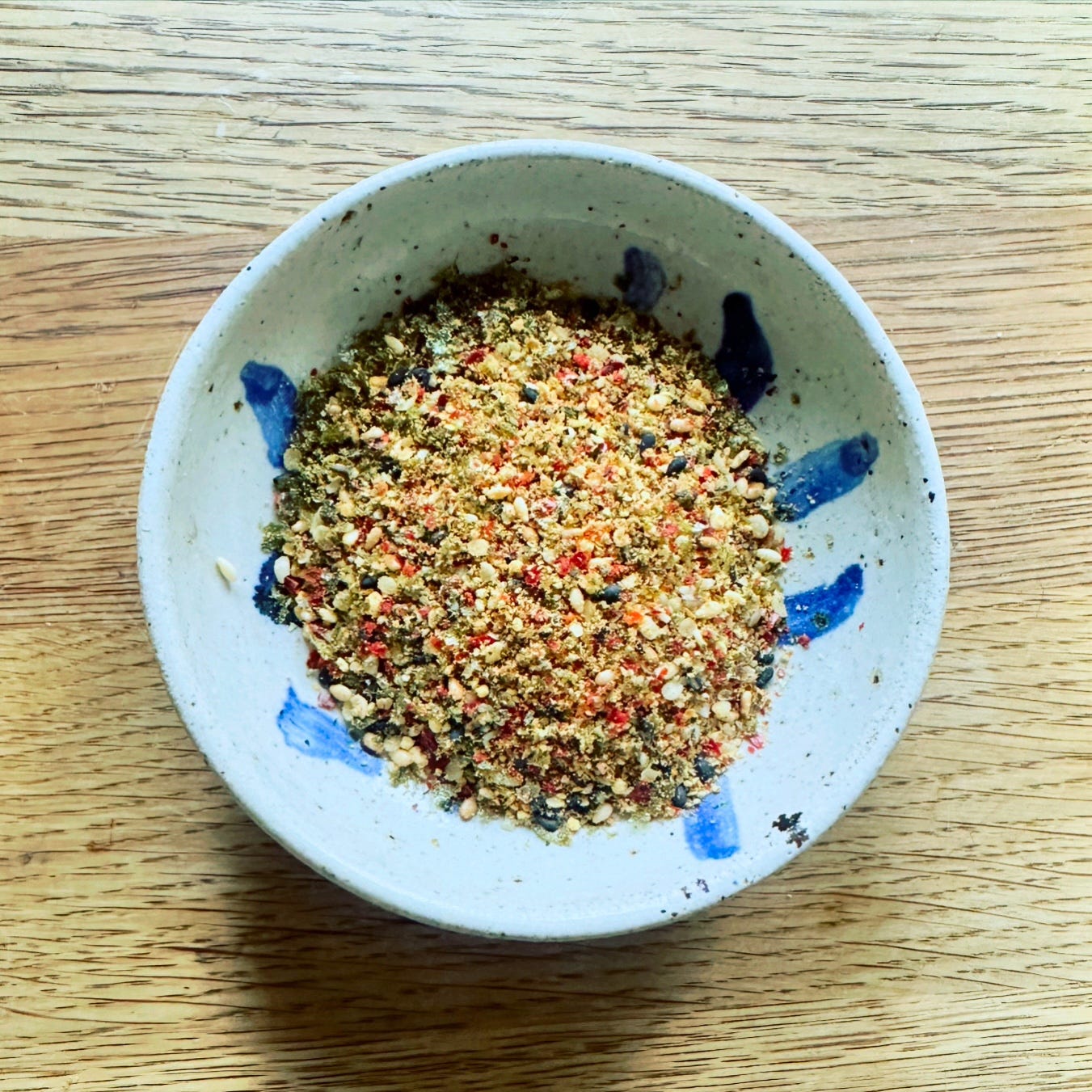

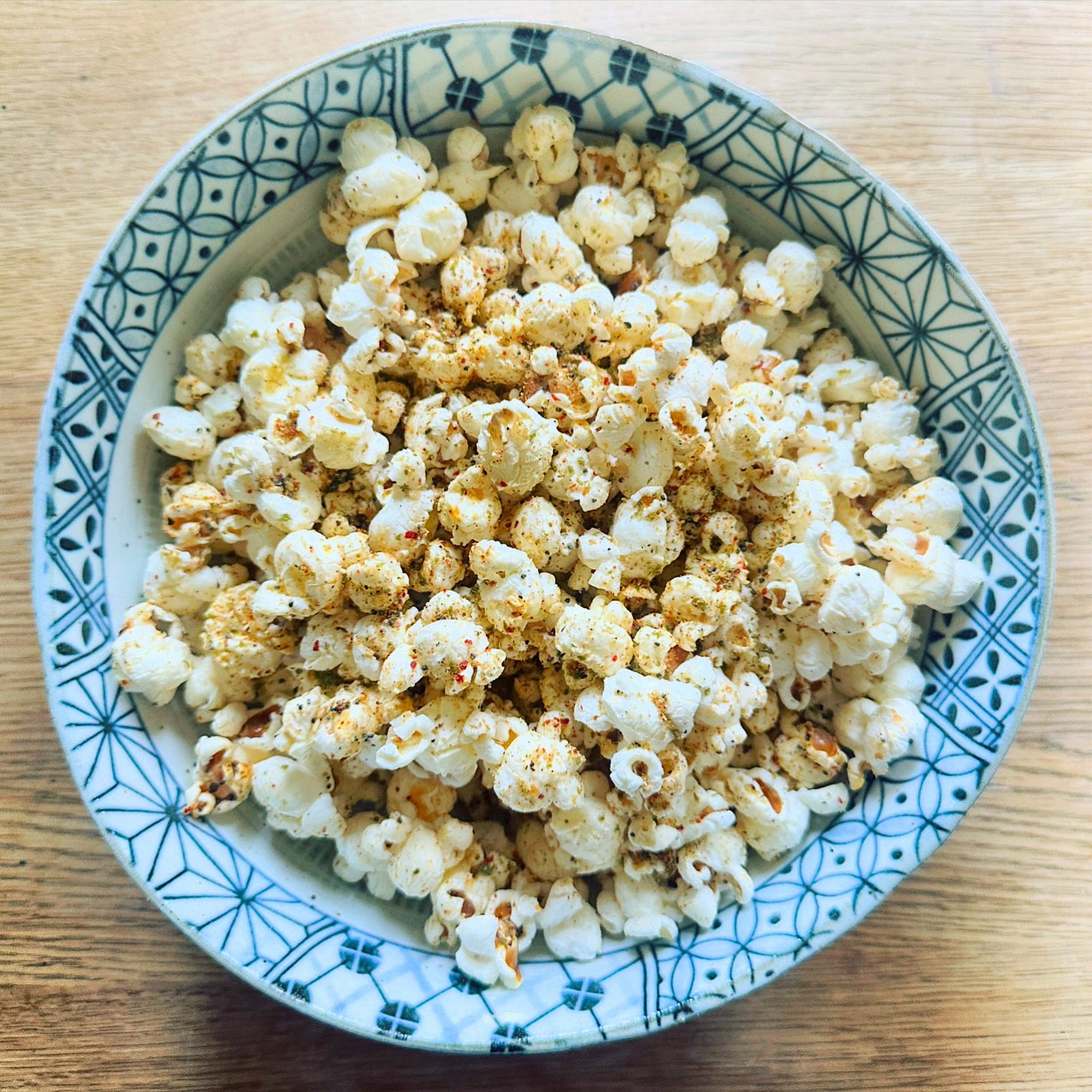

I’m going to make this with my salted bergamots…
Never thought about making this at home but seems approachable. What a brilliant idea to put it on popcorn!